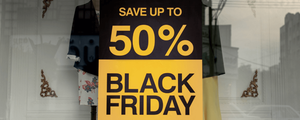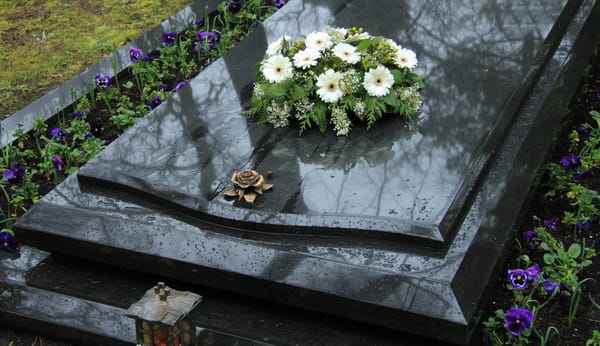Last week our Finance Minister delivered the 2023 Budget Speech. It may seem like something that may only impact a few people, but what is contained in the speech impacts all South Africans. Before we get into that, let's take a step back and understand the background a bit better.
Do countries have budgets?
South Africa, like you or I as individuals, has to have a budget that balances money coming in and money going out. The South African government (like any household) basically has two options in trying to raise money to pay its expenses - taxes (its income/revenue) and borrowing money from organisations like banks (debt).
The ability to borrow is limited. If you keep borrowing beyond your means it will reach a stage where you'll never be able to pay back what you borrowed - remember debt incurs interest which also needs to be repaid every year. Continuous increases in taxes also could lead to more tax evasion (“I’m not going to pay my taxes because Eskom cant even keep the lights on” etc.) and for those who do actually pay their taxes, they have less money left to spend on consumption which again reduces tax collection.
Every year, it is a balancing act - how can the government raise money whilst also taking into account what is happening in the economy (high fuel prices, high inflation and high interest rates means nobody has any money!)
What happened this year?
This year's Budget was relatively uncontroversial. The main highlights (unsurprisingly) focused on Eskom and all things energy related. The government has provided a hefty R254bn of debt relief to Eskom which means this amount is now owed by the government instead of Eskom itself. Given Eskom is a state owned enterprise and government would always be on the hook for Eskom’s debt, there is not much practical difference between the arrangements except that now potential lenders to Eskom can get a bit more comfort with a less indebted balance sheet.
Also there is some tax relief and other incentives to businesses and individuals who install green energy solutions and solar panels respectively at their premises. Social grants went up around 5% across the board and there were the usual sin tax increases on beer, wine, cigarettes and spirits. Personal tax brackets were also adjusted as per the tables below comparing the new brackets vs the old ones:
Although the tables above say that 18% of tax is payable for those in the first bracket, there is a rebate available for lower income earners which means you actually pay no tax if you are below a certain threshold. This annual threshold has been increased from R91,250 in the previous tax year to R95,750 in this tax year. If you see a rebate quoted, this is then calculated as a maximum of R95,750 x 18% = R17,235 (R16,425 last year).
Every year SARS increases the tax brackets to allow for inflation. This means that even if your salary stays the same, you actually get more in your bank account come pay day from March 2023. Score! If your expenses have not increased, then you should look to put some of that extra money into paying off debt or increasing your monthly investments.
After a while at levels of R25,000 and R500,000 respectively, lump sums withdrawn before retirement and lump sums withdrawn at retirement were adjusted upwards by 10 percent each to R27,500 and R550,000. On the latter, it means that when you retire, you will be allowed to take out up to R550,000 tax free from your retirement fund.
Thankfully the treasury also took into account the high prices of fuel and didn’t increase the fuel or road accident levies!
As you can see, almost all of the things above impact everyone in one way or the other. So next year, make sure you understand what changes are made and how they impact you.










